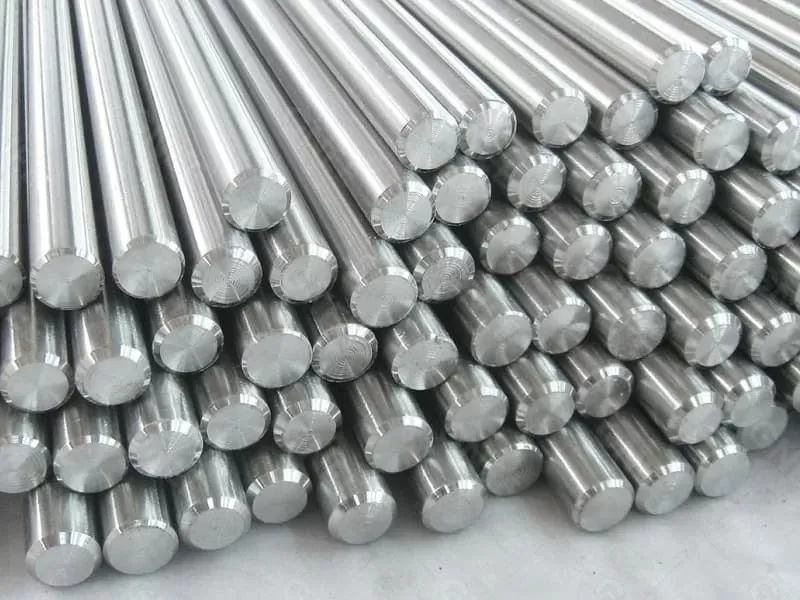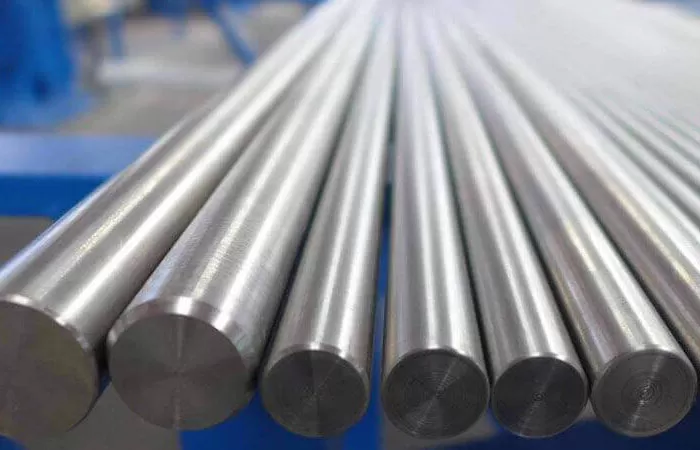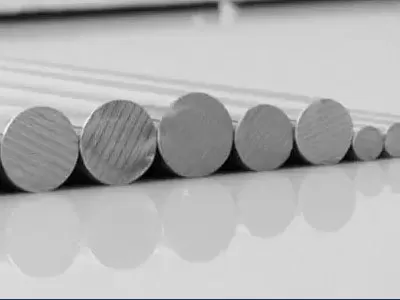
1. The influence of nickel on the microstructure and heat treatment of steel
1) Nickel and iron can form infinite solid solutions. Nickel expands the austenite zone of iron and is the main alloy element that forms and stabilizes austenite.
2) Nickel and carbon do not form carbides.
3) Reduce the critical transformation temperature, reduce the diffusion rate of various elements in steel, and improve hardenability.
4) Reduce the carbon content of eutectoid pearlite, its effect is second only to nitrogen but stronger than manganese. It is about half as effective as manganese in reducing the martensitic transformation temperature.
2. The influence of nickel on the mechanical properties of steel
1) Strengthen ferrite and refine and increase pearlite, improving the strength of steel and having less impact on the plasticity of steel.
2) The carbon content of nickel-containing steel can be appropriately reduced, thus improving the toughness and plasticity.
3) Improve the fatigue properties of steel and reduce the sensitivity of steel to notches.
4) Since it is not very effective in improving the hardenability and tempering stability of steel, nickel is of little significance to quenched and tempered steel.
3. The influence of nickel on the physical, chemical and process properties of steel
1) Greatly reduce the thermal conductivity and electrical conductivity of steel.
2) Steel with a mass fraction of nickel less than 30% is paramagnetic, and iron-nickel alloys with a mass fraction of nickel greater than 30% are important precision soft magnetic materials.
3) Steel with a nickel mass fraction of 15%-20% or higher has high corrosion resistance to sulfuric acid and hydrochloric acid, but is not resistant to nitric acid corrosion. In summary, nickel-containing steel has certain corrosion resistance to acids, alkalis and the atmosphere.
4) Austenitic electrodes should be used when welding steel with high nickel content to prevent the occurrence of cracks.
5) Banded structure and white spot defects are prone to occur in nickel-containing steel, which should be prevented in the production process.
4. Application of nickel in steel
1) Pure nickel steel is only used when there are particularly high impact toughness or very low working temperature requirements.
2) Nickel-chromium or nickel-chromium-molybdenum steel used in machinery manufacturing can obtain comprehensive mechanical properties with good strength and toughness after heat treatment.
3) Nickel is an austenitizing element in high-alloy austenitic stainless heat-resistant steel, which can provide good comprehensive properties. It is mainly NiCr series steel.
4) Since nickel is relatively scarce and is an important strategic material, it will be used only when it is impossible to meet the performance requirements with other alloying elements. In general, nickel should be used as little or as little as possible as an alloying element in steel.

2025-11-19 14:09:22

2025-11-07 17:27:49

2025-11-05 15:44:44

25th floor, C3 Building, Wanda Plaza, Kaifu District, Changsha, Hunan Province, China